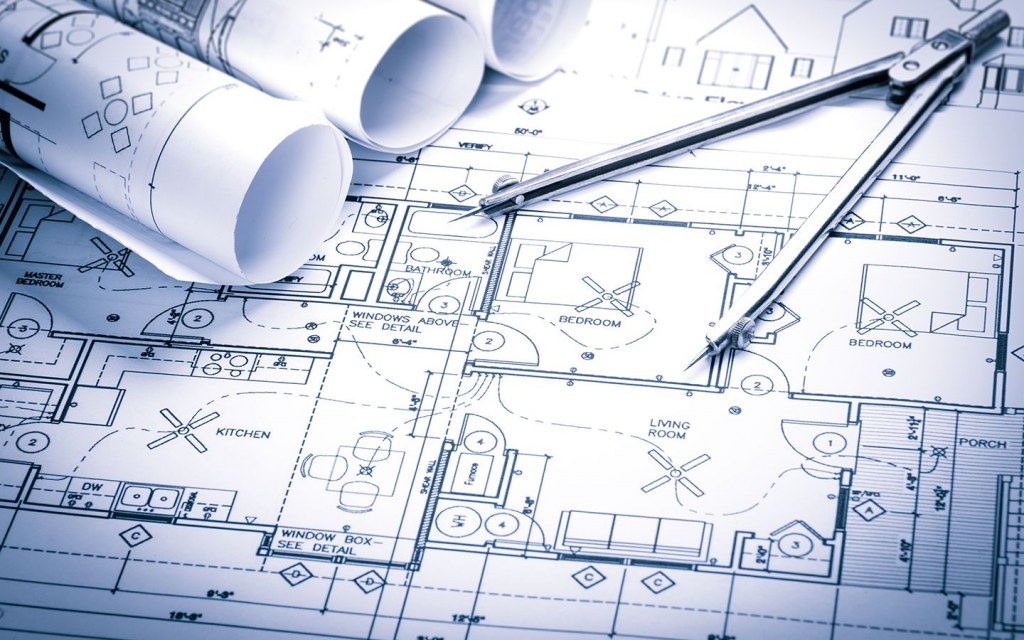

The structural drawings show how the house will be framed, and how the building will be given its structure. Once the architectural drawings are complete, the architect sends those prints to an engineer, who uses them to create the structural prints. Section drawings show what the building would look if you were to make a vertical cut through a particular part of a building to show a cross section of the structure, and how the spaces inside fit together vertically. An interior elevation shows the same thing, only from inside the house. An exterior elevation shows you what a house like if you’re standing front, next to, or behind it. Structural connections, window openings, and wall junctions can all be included in supplemental detail drawings.Įlevations show the vertical layout of the building, and there is usually one elevation drawing for each face of the building.
#Blueprint reading for dummies how to
Special details of a house are included in drawings whose features are magnified so that a builder can see how to construct these elements. (Note that this type of drawing isn’t always included in the blueprints package.) Detail drawings It takes its name from the idea that you are looking down at the ceiling as though there were a mirror on the floor reflecting the ceiling’s plan back to you. The RCP is a print that shows you the dimensions, materials, and other key information about the ceiling of each of the rooms represented on your blueprint. It includes features such as walls, doors, windows, and even furniture. This is the way a floor plan is drawn, and it is designed to give you a detailed idea of the layout of each floor of the house. Imagine a view of a home sliced horizontally about five feet from the ground and looking down from above. An architect or general contractor will create a diagram that shows the plot of land and its property lines, along with its landscape features, structural elements, setbacks, driveways, utility poles and power lines, fencing, and on-site structures. The site plan functions as a readable map of a building site, giving you the details you need to know about how the structure will be oriented on the lot. These are the types of plans that should be included in a set of blueprints: Architectural drawingsĪrchitectural drawings will reflect the overall appearance-internal and external-of the home, how it is oriented on a building site, and the layout of its living areas Site plan


Some are used at specific stages, and others may evolve over time. There are many types of drawings that are used during the building process: architectural, structural, and mechanical. What kinds of drawings does a set of blueprints include?
#Blueprint reading for dummies professional
Learn everything you need to know about reading blueprints in MT Copeland’s online class, taught by professional builder and craftsman Jordan Smith. The ability to read and understand blueprints in an essential skill for those working in the building trades. When you are able to read a blueprint all the way through, you will get a comprehensive understanding of its dimensions, building materials, installation methods, and the mechanical inner workings of the house, such as electrical and plumbing.īlueprints also contain details such as quality specifications, building codes, the information necessary for obtaining building permits, and even the schedule for accomplishing all aspects of the building. Mechanical, Electrical, and Plumbing (MEP) DrawingsĮach of these sections uses symbols, scale, and abbreviation to simplify reading the many elements that each plan contains.


 0 kommentar(er)
0 kommentar(er)
